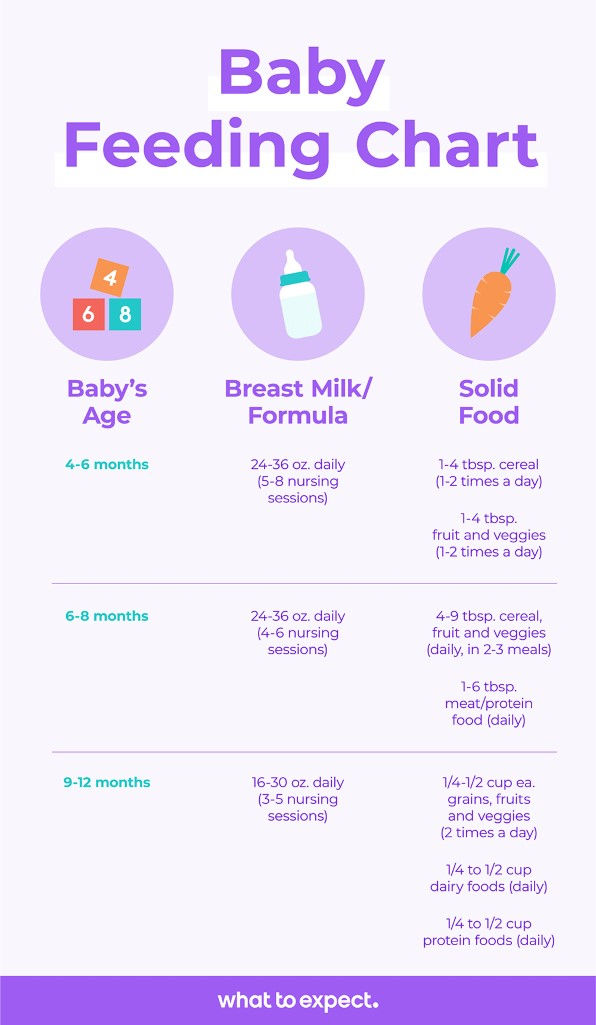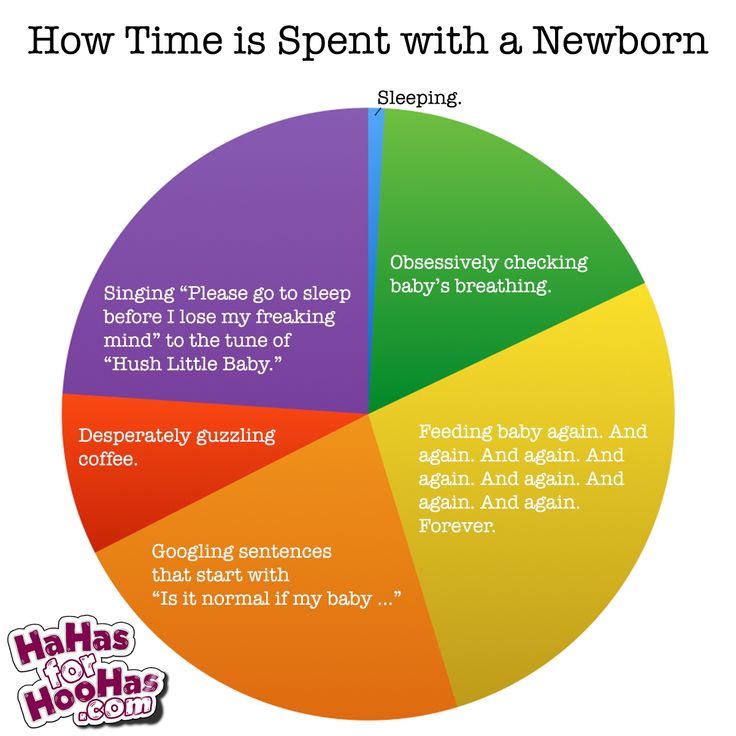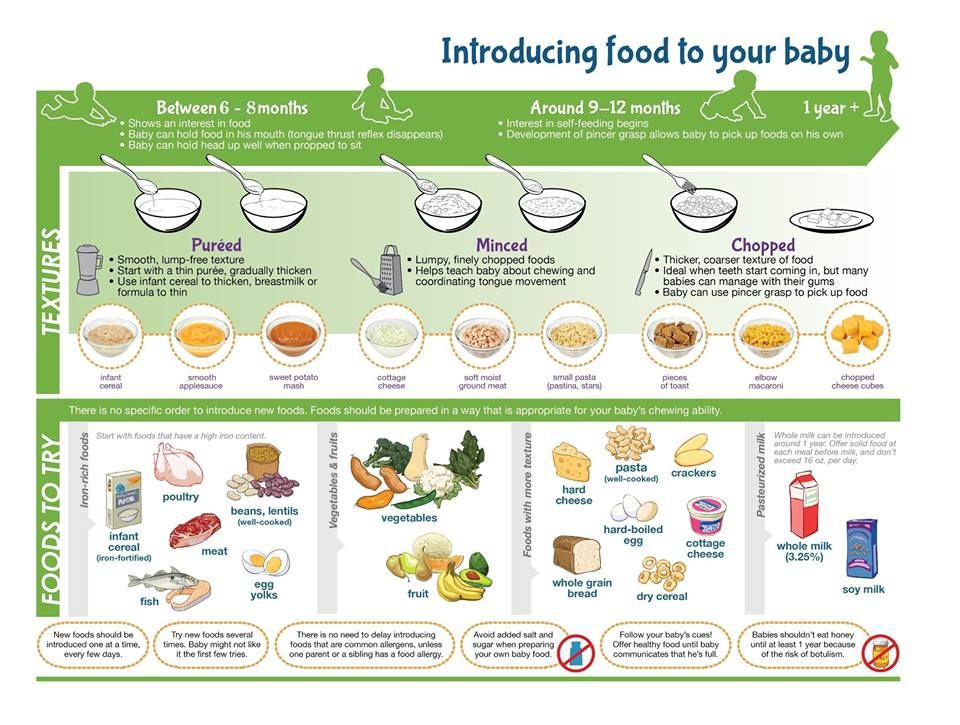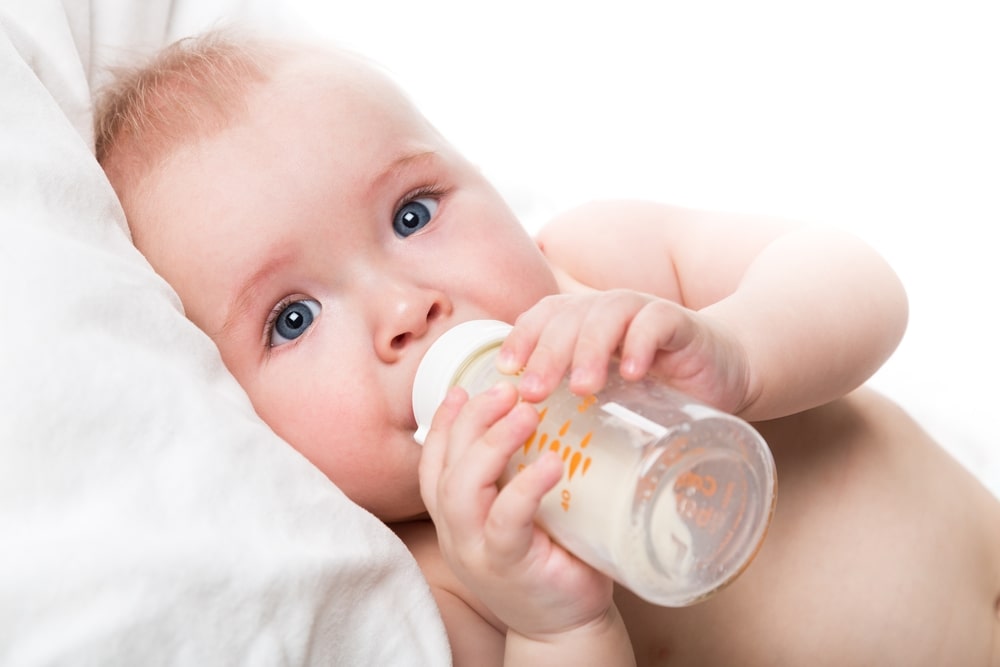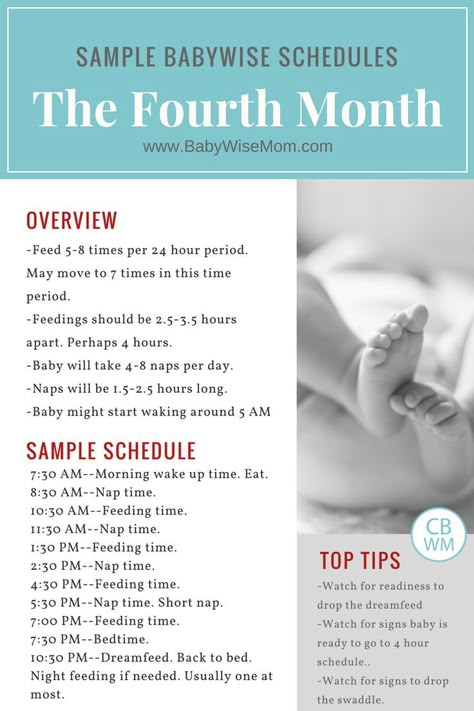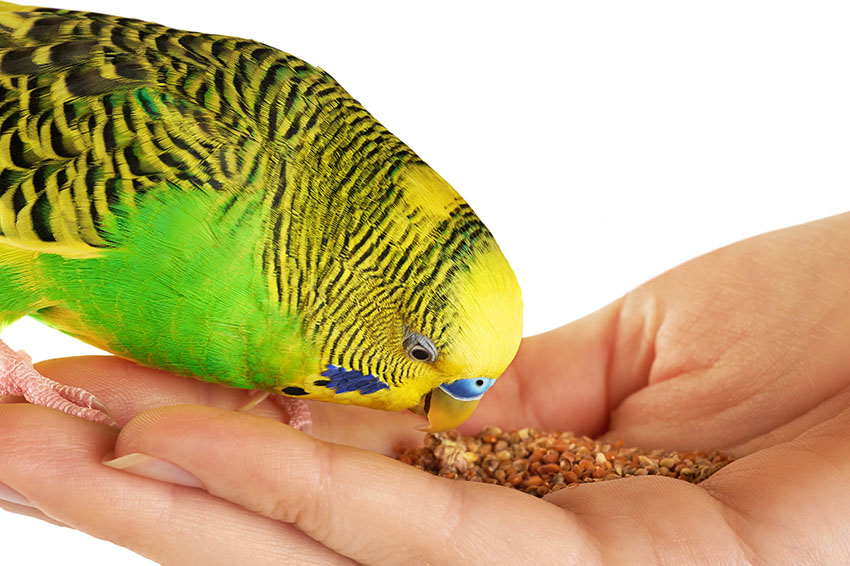Stage 2 baby food chart
Stage 2 Baby Food List
These Stage 2 Homemade Baby Food Recipes are age appropriate for those babies who are 8 months and older. Some of these Stage 2 Homemade Baby Food Recipes are also appropriate for babies who began to eat solid foods at 6 months old. On this page you will also find more recipes suitable for those babies who are currently eating “Stage 2” baby foods.
What are “Stage 2” Baby Food Recipes?
8-10 Months – Time to explore!
Bring on some spices and the softly mashed, or chopped into fine pieces of fruits, vegetables, meats, pasta and dairy such as yogurt and cheeses.
Pasta, veggies, and fruit should all be soft cooked and possibly mashed with a fork or masher. (Bananas need only be mashed.) Raw fruits are often introduced at this stage.
Meats and proteins such as egg yolk, should be cooked and pureed or chopped into small soft bits. If offering Tofu, you need not cook it first. Ensure dairy offered is easily manageable.
Remember, baby will not have molars until sometime around the 14-18 month age range. Foods should be easily mashed between the gums.
What does Stage 2 Baby Food Mean Anyway?
Stage 2 Baby Food is a term that applies to baby foods that are more thick and textured. Stage 2 Baby Foods also have ingredients that are suited to babies who are over 7-8 months of age such as meats and spices.
Some parents define Stage 2 baby foods as baby foods that are chunky. These foods should be appropriate for babies who are beginning to master “chewing” their foods and who have completely lost any form of the tongue thrust reflex. The commercial Stage 2 Baby Foods in this range are targeted to babies who are between the ages of 7-8 to 10 months old.
Stage 2 baby foods are foods that are still the lowest on the allergy scale however at this stage, some dairy and/or wheat products are often introduced. Stage 2 baby foods are typically those foods that are more fibrous, a bit more acidic and contain a higher amount of protein. These foods should be well tolerated and digested by this point. Some of these foods include, lentils, blueberries and egg yolks.
These foods should be well tolerated and digested by this point. Some of these foods include, lentils, blueberries and egg yolks.
Stage 2 Homemade Baby Food Recipes – Cereals
30 Minute Cream of Grain CerealIngredients:
- 1/4 c. freshly ground brown rice or millet with honey or molasses
- cinnamon (leave out honey for under 1yr and molasses is optional.)
- pure vanilla extract
- 1 c. almond milk, sweetened – use plain water for infants..
- 1/4 c. raisins (optional)
Directions:
Step 1: Put almond milk or water, ground grain and raisins in a pot.
Step 2: Bring just to the boiling point, stirring constantly, until the grain flour has absorbed the liquid.
Step 3: Turn off the heat and cover the pot.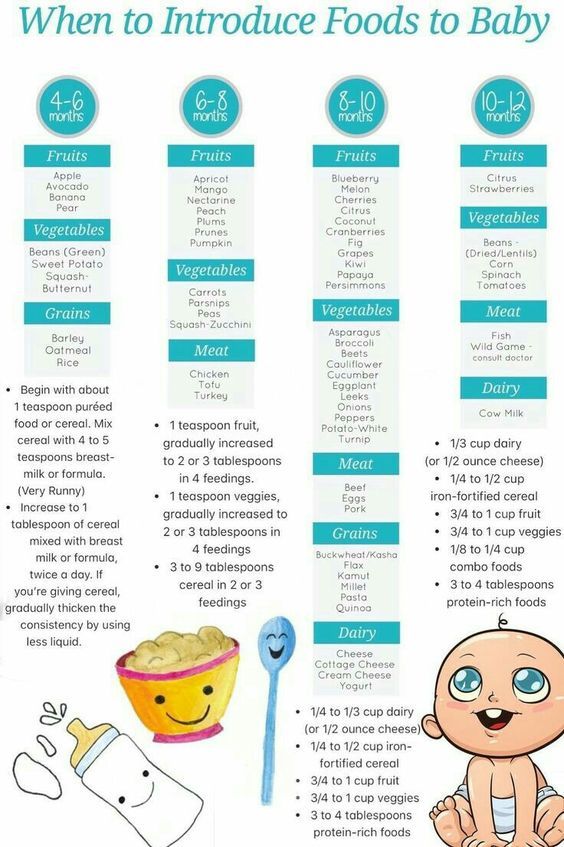
Step 4: Put the pot over a double boiler on a low simmer for 20-30 minutes. (or simply turn burner down to low and simmer)
Optional: Add sliced bananas, sliced strawberries, blueberries, peaches and/or nut milk (consult your pediatrician about the use of nut milk prior to using it). From: keat.com
Rice Breakfast Pudding
Ingredients:
- 1/2 cup (Brown/or Jasmine) Rice (grind to barley size – don’t grind if serving to a Toddler )
- 2 cups water
- 1/4 cup apples sliced into small dices or slivers
- 1/4 cup raisins (optional)
- 1/8 cup brown sugar (optional)
- 2 tsp cinnamon
- 1/2 tsp ginger
Directions:
Step 1: Combine all of the above ingredients in a medium saucepan.
Step 2: Cook over medium-low heat for 30 minutes or until rice is soft, fragrant and a bit soupy
Step 3: Stir 1/8 cup milk into the rice, keep on heat for 10 more minutes.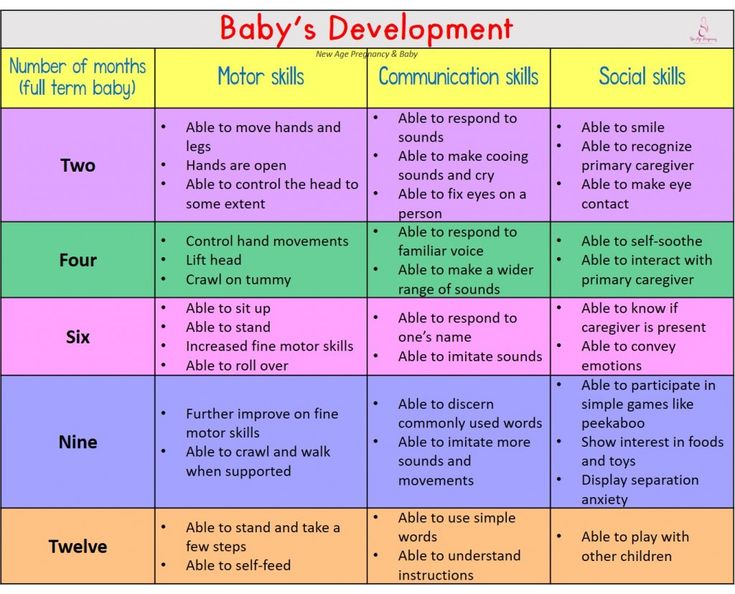 Keep a close watch to ensure that the consistency remains soupy but not pasty.
Keep a close watch to ensure that the consistency remains soupy but not pasty.
Step 4: Stir frequently to stop sticking to the pot and add more milk or water if necessary.
Step 5: Serve warm then transfer remaining portion to the fridge.
Pastina and Bananas
(8months+)
- 2 tablespoons Prince Pastina (little tiny star shaped pastas – **wheat based)
- 1 whole fresh banana)
Step 1: Prepare pastina as directed for hot cereal. Do not add milk. Stir in banana and serve.
Step 2: Add formula or breast milk as desired (1 serving)
**A few sources do say to not introduce wheat until after 1, 2 or even 3 years old. The majorities of sources however indicate and agree that wheat may be introduced around the age of 8-9 months old. It is best to wait to introduce wheat until you are certain that your infant has no reactions to rice, oats or barley.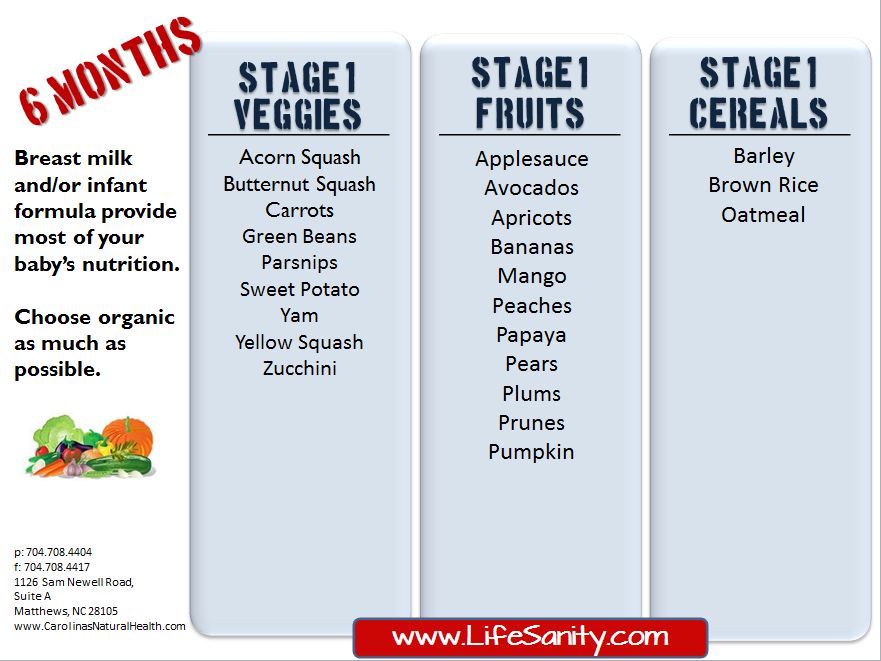 Consult your baby’s pediatrician.
Consult your baby’s pediatrician.
For More Information About Homemade Baby Cereal, visit Our Homemade Baby Cereal FAQ and visit our Homemade Baby Cereal Recipes page for more recipes.
Stage 2 Homemade Baby Food Recipes – Fruits
FRUITY COMBOSAre you wondering about Juice for Your Baby? Read our article to find out about juice and the role it may or may not play in a baby’s diet.
Mix these combos into Yogurt or Cereal or just mix ’em and serve. You can also cook these together for extra Yum. Learn about feeding baby Yogurt and Cheeses
- Peachy Sweet Potatoes
- Apples and Carrots
- Blueberry, Apple, and Pear Sauce
- Pears and Bananas
- Bananas and Blueberries
- Avocado, Peaches and Cream Cheese
- Apples and Pears
- Peaches and Bananas
- Bananas, Blueberries and Pears
- Apples and Plums
- Blueberries and Apples
- Pears, Peaches and ApplesHave you ever Baked Fruits? If not, we highly recommend it.
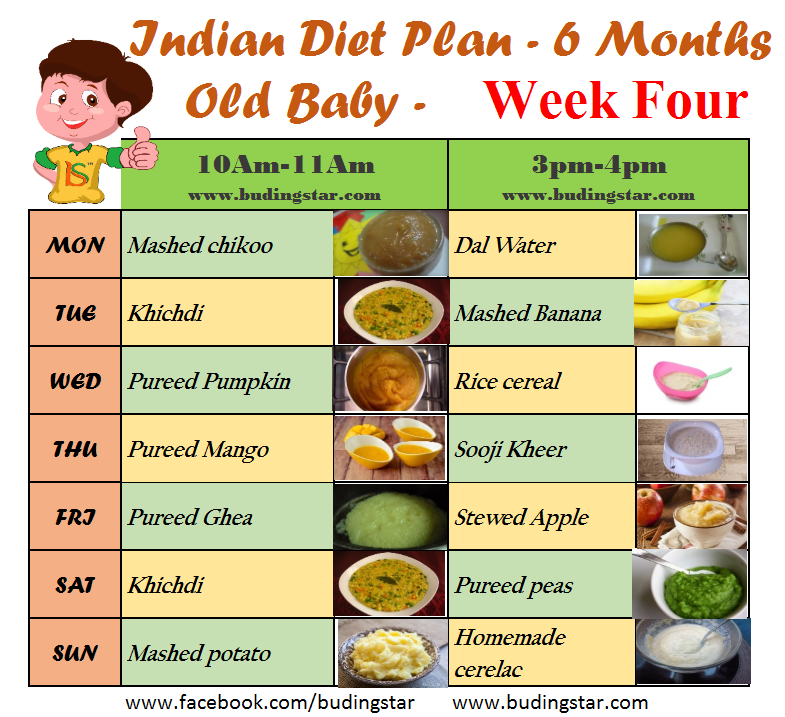 Baked fruits are naturally sweet, soft and oh so very yummy.
Baked fruits are naturally sweet, soft and oh so very yummy.
Baked Apples 6-8 months+
Step 1: Core apple and leave peel on
Step 2: Place a wee bit of butter (if baby is ready for or has had dairy) on the inside of the cored apple (sprinkle a bit of cinnamon in the apple if your desire and if baby is ready for or has had cinnamon)
Step 3: Place in a pan with just enough water to slightly cover apples – about an inch of water
Step 4: Bake in a 400-degree oven for 30 minutes or until tender; be sure to check on the water level.
Step 5: Once baked, either cut apple into little bits and serve as a finger food or mash and make applesauce.
Blueberries** 8-10 months+
Vitamins: A, C, K, Folate
Minerals: Potassium, Sodium, Phosphorus, Iron, Magnesium, Calcium
- 1/2 pint of blueberries (fresh or frozen)
- 1/2 c.
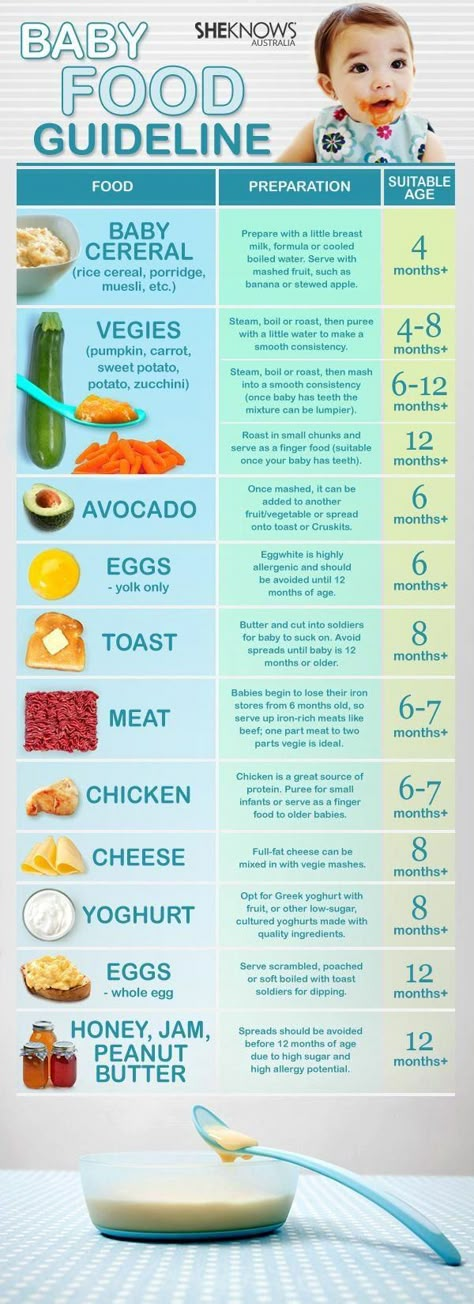 water
water
Step 1: Bring water to a boil. Add blueberries and simmer for 15 minutes until soft.
Step 2: Reserve liquid and use a slotted spoon to transfer blueberries to blender/processor/mixer and puree.
Step 3: If needed, add some of the liquid to blueberries.
Step 4: Add cereal (if desired) to thicken up
* You can save the liquid to serve as juice or to blend in with cereals etc.
** Visit the Blueberry Baby Foods page to get more recipes but most importantly, learn why blueberries are fine prior to 12 months of age.
Blueberry Banana Yogurt 8-10 months+
- 1 cup blueberries
- 1 whole banana
- 1 cup plain yogurt
- 2 tablespoons wheat germ
For Babies: Use 1 cup of your already made blueberry puree OR Microwave the blueberries just until the juices start to run, about 30 seconds.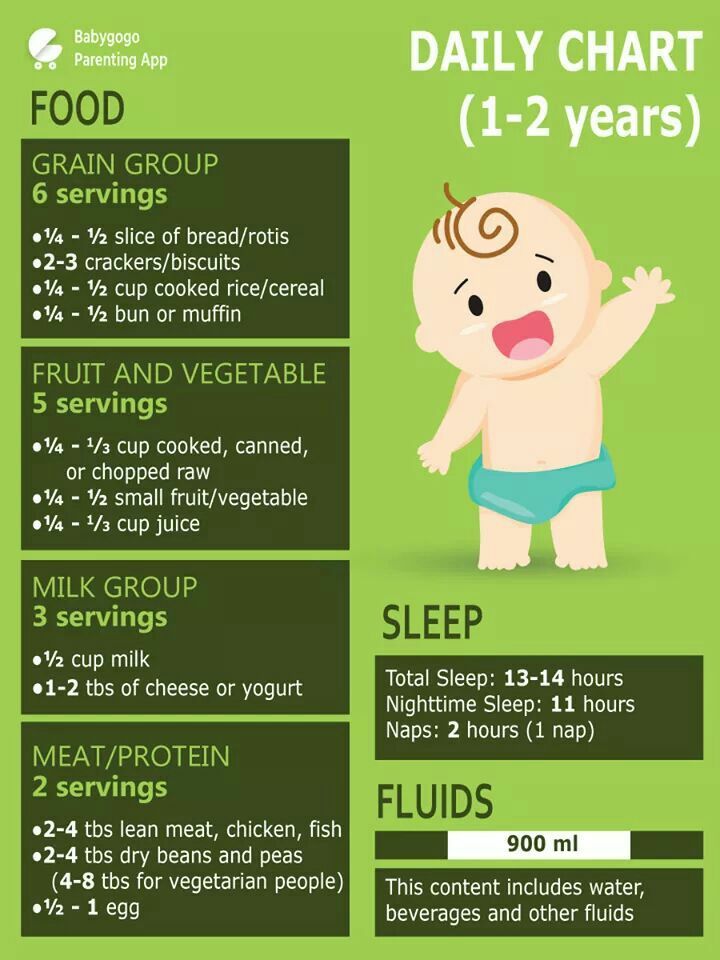 Place the banana, yogurt and blueberries in a blender and puree until smooth.
Place the banana, yogurt and blueberries in a blender and puree until smooth.
For Toddlers: Slice the banana. Microwave the blueberries just until the juices start to run, about 30 seconds. Place a little yogurt in a dish and top with banana slices, blueberries, wheat germ and serve. This will make 2-3 servings.
Kiwi 8-10 months+*
Vitamins: A, C, K, Folate
Minerals: Potassium, Phosphorus, Magnesium, Calcium
Step 1: Peel ripe kiwi
Step 2: Puree or mash with a fork – add cereal (if desired) to thicken and
Step 3: Achieve a smooth, thin consistency. Kiwi does not need to be cooked and it should not need to be de-seeded as it is typically introduced at an age where baby can tolerate raw fruits and a bit of texture.
* Kiwi is high in Vitamin C and is also acidic, you may wish to wait to introduce it when baby is 10 months or older.
Melons (cantaloupe, honeydew, watermelon)
8-10 months+
Vitamins: A, C, K, Folate
Minerals: Potassium, Phosphorus, Magnesium, Calcium
Step 1: 1/4 cup sliced, soft, seedless melon, rind removed
Step 2: Puree or mash with a fork – add cereal (if desired) to thicken up the melon achieve a smooth, thin consistency.
**Melon does not need to be cooked as it is typically introduced at an age where baby can tolerate raw fruits. Melon may be steamed to tender and then mashed if you prefer without harming it.
Be sure to visit these other food and recipe specific pages for more tasty homemade baby food ideas:
- Meat Baby Food Recipes
- Baby Recipe Combinations
- Teething Biscuits Etc.
- Baby Finger Food Recipes
- Meals for Fingers
- It’s Mealtime Baby.
- “People Food” Recipes
Remember, always consult with your pediatrician regarding introducing solid foods to your baby and specifically discuss any foods that may pose allergy risks for your baby.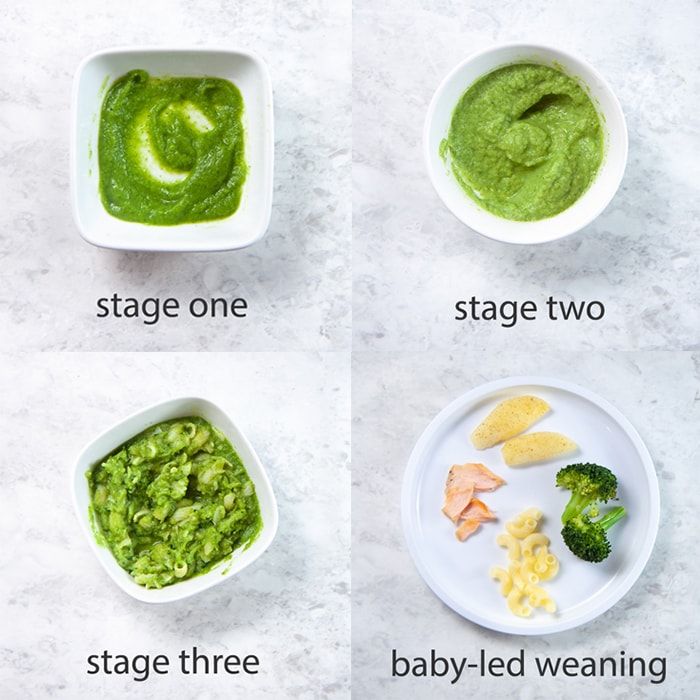
Read More About Solid Foods for Baby Food
- Is My Baby Ready for Solid Foods?
- How Much Should My Baby Eat?
- Baby Food Combinations
- Baby Food Allergies
- Iron and Your Baby
- Yogurt for Baby
- Travel with Homemade Baby Food
- Constipation and Your Baby
SHARE ON FACEBOOK SHARE ON PINTEREST
Baby formula feeding chart: How much formula by weight and age
Is your baby getting too much or too little formula? It's an important question that worries many new parents, especially those with newborns. When deciding how much formula to give your baby, it's important to watch their hunger cues as well as looking at guidelines based on age and weight. In general, before they're eating solids, babies need 2.5 ounces of formula per pound of body weight each day.
These guidelines are for babies who are exclusively formula-fed for the first 4 to 6 months, and then fed a combination of formula and solids up to age 1.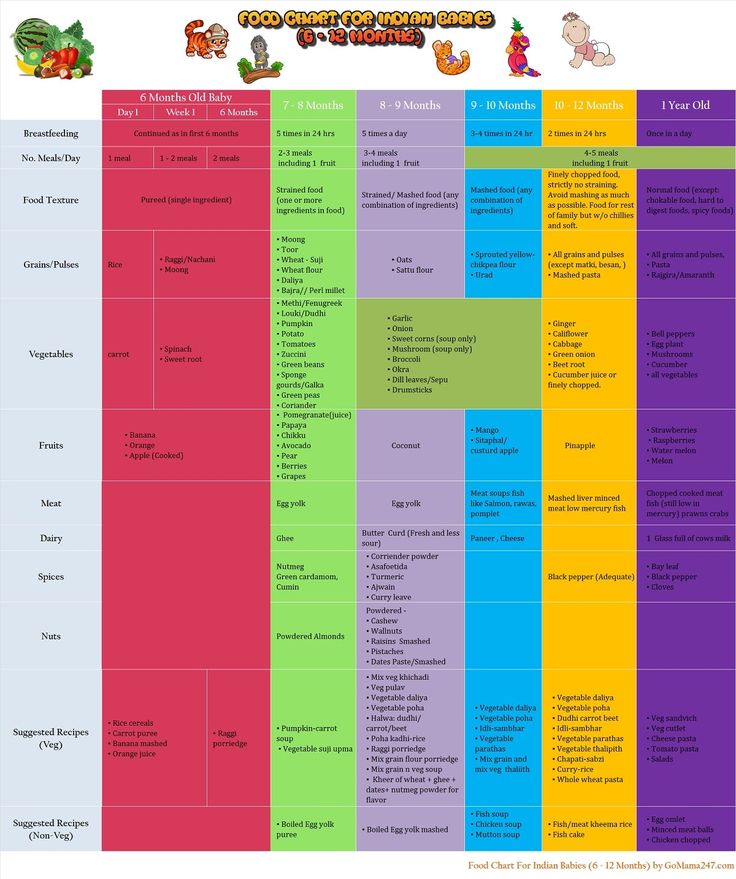 If your baby is getting a combination of breast milk and formula, talk to their doctor for separate advice.
If your baby is getting a combination of breast milk and formula, talk to their doctor for separate advice.
Your pediatrician can tell you where your baby falls on the growth charts, make sure they're growing steadily on their own growth curve, and help you ensure that they're getting a healthy amount of formula. If you're ever worried about your baby's growth, behavior, or development, talk with their doctor.
How much formula for a newborn
For the first few days, offer your newborn 1 to 2 ounces of formula every 2 or 3 hours. (At first, newborns may only take a half ounce of formula at a time.)
After the first few days, give your newborn 2 to 3 ounces of formula every 3 to 4 hours.
Initially it's best to feed your formula-fed newborn on demand, whenever they show signs that they're hungry. Because your little one can't tell you when they want a bottle, you'll need to learn to read their hunger cues. Crying is often a late sign of hunger, so if you can, try to catch the earlier signs that it's time for a feeding.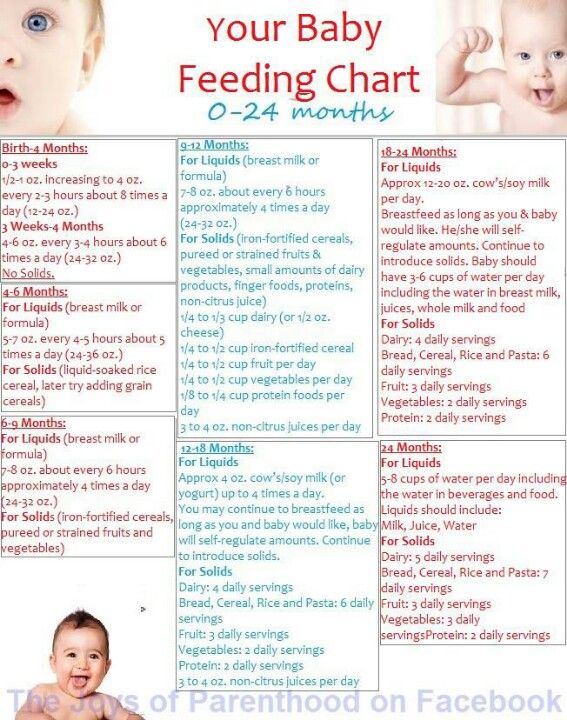
Here are some hunger cues to watch for:
- Smacking or licking their lips
- Rooting (moving their jaw, mouth, or head in search of food)
- Putting their hands to their mouth
- Opening their mouth
- Fussiness
- Sucking on things
- Becoming more alert
- Crying
As time passes, your newborn will begin to develop a fairly regular feeding schedule. You'll become familiar with their cues and needs, and knowing when and how much to feed them will be much easier.
Formula feeding chart by weight
During the first 4 to 6 months, when your baby isn't eating solid foods, here's a simple rule of thumb: Offer 2.5 ounces of formula per pound of body weight every 24 hours, with a maximum of about 32 ounces.
Advertisement | page continues below
| Weight | Ounces of formula |
|---|---|
| 6 pounds | 15 fl oz every 24 hours |
| 7 pounds | 17.5 fl oz every 24 hours |
| 8 pounds | 20 fl oz every 24 hours |
| 9 pounds | 22.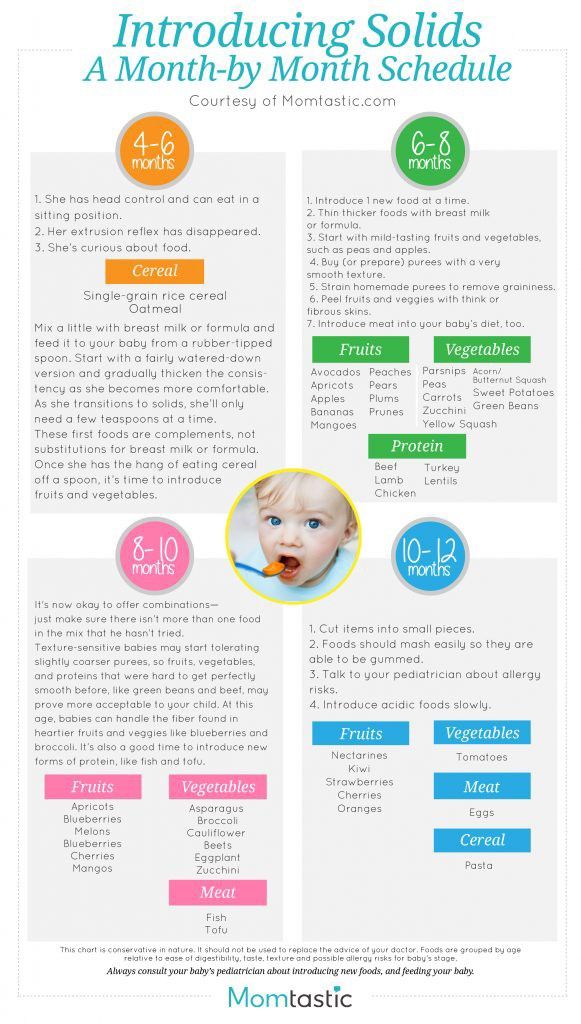 5 fl oz every 24 hours 5 fl oz every 24 hours |
| 10 pounds | 25 fl oz every 24 hours |
| 11 pounds | 27.5 fl oz every 24 hours |
| 12 pounds | 30 fl oz every 24 hours |
These numbers aren't rigid rules. They offer a rough estimate for what your baby may need. Some babies will grow well while taking less than the recommended amount, while others consistently need more. Your baby's daily feedings will also vary according to their individual needs – in other words, they may want a bit more on some days and a bit less on others.
Formula feeding chart by age
Here are typical amounts per day based on age:
| Age | Ounces of formula |
|---|---|
| Full-term newborn | 2 ounces per bottle every 3 to 4 hours |
| 1 month old | 3 to 4 ounces per bottle every 3 to 4 hours |
| 2 month old | 4 to 5 ounces per bottle every 3 to 4 hours |
| 3 month old | 4 to 6 ounces per bottle every 3 to 4 hours |
| 4 month old | 4 to 6 ounces per bottle, 4 to 6 times a day |
| 5 month old | 4 to 6 ounces per bottle, 4 to 6 times a day |
| 6 month old | 6 to 8 ounces per bottle, 4 to 5 times a day |
| 7 month old | 6 to 8 ounces per bottle, 3 to 5 times a day |
From 8 months old until their first birthday, you can expect your baby to have 7 to 8 ounces per bottle, 3 to 4 times a day.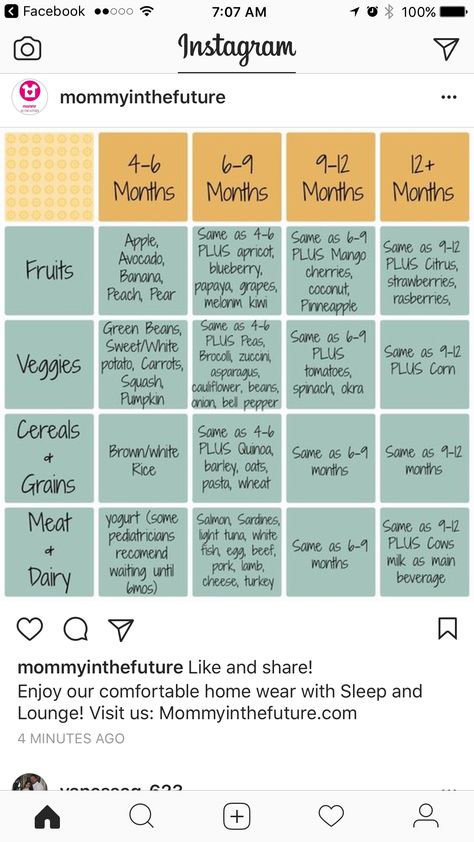
As your baby gets older – and their tummy gets bigger – they'll drink fewer bottles a day with more formula in each. It's important not to overfeed your baby so they'll stay at a healthy weight. Your baby shouldn't have more than 32 ounces of formula in 24 hours.
When they reach their first birthday, they can stop drinking formula and transition to cow's milk in a bottle, sippy cup, straw cup, or open cup. Limit your toddler to 16 to 24 ounces (2 to 2.5 cups) a day of whole milk, so they have room for other healthy foods.
Here are signs that your baby's getting all the formula they need:
- Steady weight gain. They continue to gain weight after their first 10 days and follow a healthy growth curve during their first year. (Most babies lose up to 7 to 10 percent of their birth weight in the first few days and then regain it by the time they're about 2 weeks old.)
- Happy baby. They seem relaxed and satisfied after a feeding.

- Wet diapers. They wet two to three diapers a day in the first few days after birth. Over the next few days, the amount should increase to at least five to six wet diapers a day.
Babies are usually good at eating the amount they need, but bottle-fed babies can drink too much at times. Here are the signs that they're getting too much formula:
- Vomiting after a feeding may be a sign that your baby had too much. (Spitting up is normal, vomiting isn't.)
- Tummy pain after a feeding can also be a sign of overfeeding. If your baby draws up their legs or their tummy seems tense, they may be in pain. (See other possible reasons for stomach pain in babies.)
If your baby seems to want to eat all the time, even after finishing a bottle, talk to your pediatrician. Using a pacifier may help soothe their need to suck.
Formula-feeding tips
- In general, babies eat when they're hungry and stop when they're full, so resist the temptation to encourage your baby to finish each bottle.
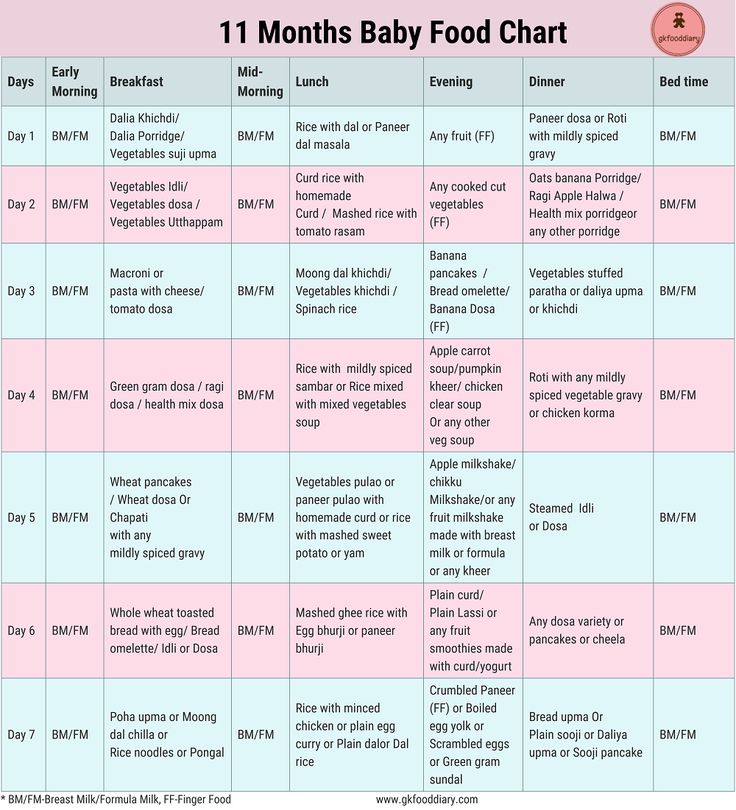 Overfeeding during infancy can contribute to obesity later in life.
Overfeeding during infancy can contribute to obesity later in life. - Don't respond to your baby's every cry with a bottle. They may be crying because their diaper is wet, they're cold or hot, they need to be burped, or they want to be close to you. (Learn more about why babies cry, and how to soothe them.)
- Your baby may be hungrier than usual during growth spurts. These typically occur 10 to 14 days after birth and around 3 weeks, 6 weeks, 3 months, and 6 months of age.
Read more:
- Formula Feeding Problem Solver
- How to safely store and use formula
Was this article helpful?
Yes
No
Nutrition of a child in the 2nd year of life: regimen, diet, menu, necessary products | Mamovediya
The child in this period of life grows intensively and therefore must receive nutrition that quantitatively and qualitatively satisfies the needs of his body.
Nutrition should be rational: balanced and consistent with the daily routine.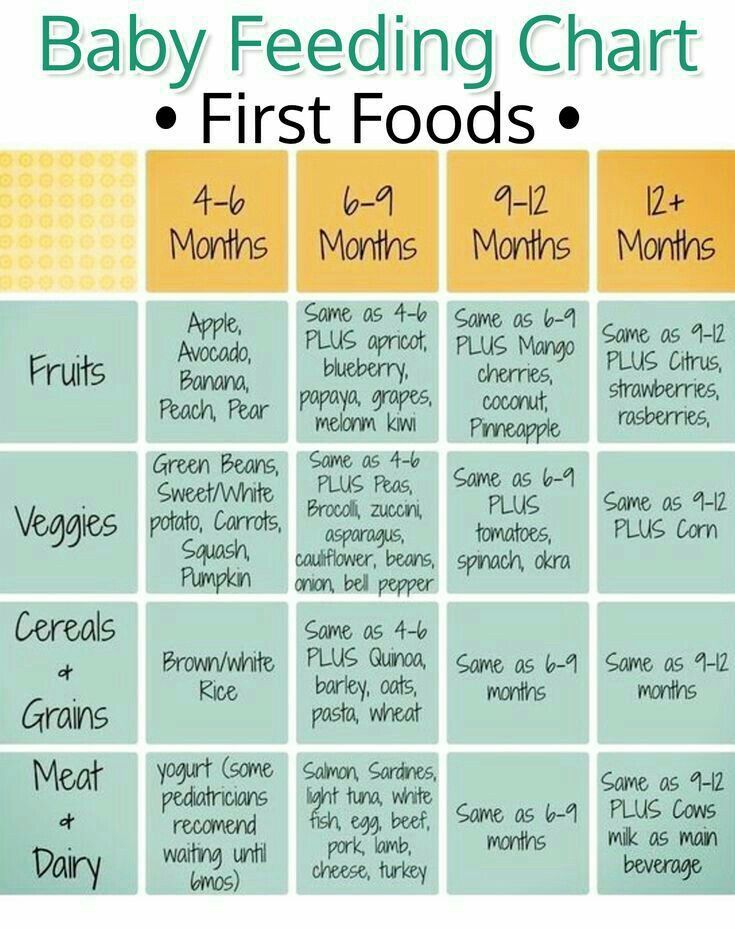 Balance - the inclusion of all the necessary nutrients (proteins, fats, carbohydrates, vitamins, trace elements) in the appropriate proportions that the child's body can absorb. nine0006
Balance - the inclusion of all the necessary nutrients (proteins, fats, carbohydrates, vitamins, trace elements) in the appropriate proportions that the child's body can absorb. nine0006
Nutrition is considered rational if it meets the age needs of the child and is carried out according to the daily routine.
In addition, the so-called rational nutrition includes the culinary processing of food used for a given age, and the correct methodological methods of parents in the process of feeding a child.
The environment surrounding the baby during the meal, the appearance of the dishes served should excite the child's appetite.
Child's appetite is a state of organic need for food, expressed in the child's desire to eat. At the same time, an adequate positive attitude of the child to food is noted.
A good appetite, as a rule, depends not only on how well the menu is compiled, but also on the correct organization of the feeding process.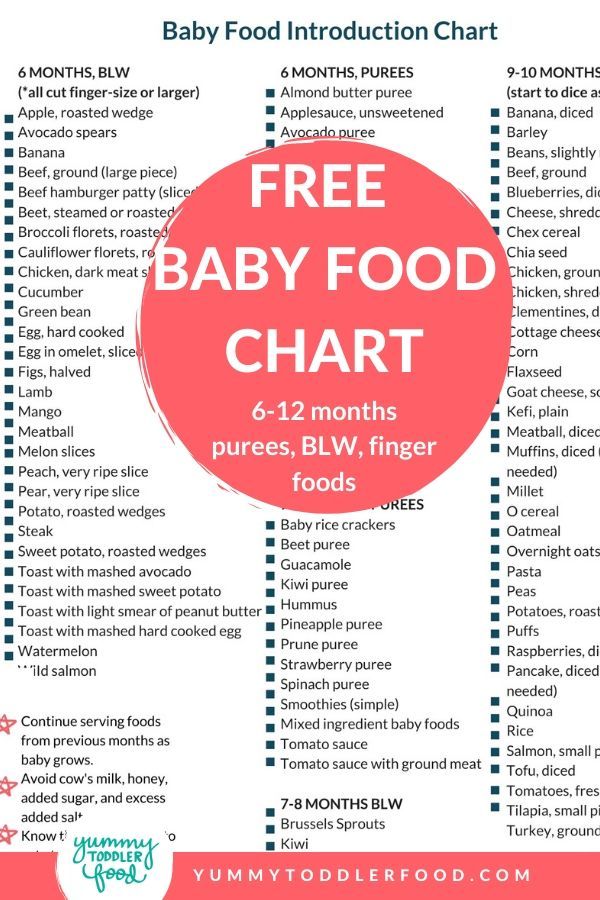 To form and maintain a good appetite, parents must clearly know: what, when and how to feed the child.
To form and maintain a good appetite, parents must clearly know: what, when and how to feed the child.
How nice it is to feed a child who has a good appetite. It brings pleasure to adults and great benefits for the baby. However, very often it is necessary to observe cases of violation of normal appetite from small deviations (decrease in appetite, refusal of certain dishes) up to its complete absence (anorexia - as it is called in medical practice). nine0003
A child with a decrease or lack of appetite at the mere sight of writing or a reminder of food expresses protest, turns away, defends himself, tightly closes his lips and teeth. It looks like an unnatural negative reaction of the baby to food. Why does a child lose his appetite? Who is to blame for this? The reasons often lie in the wrong method of feeding (strong pressure on the child's tongue with a spoon, the child's lack of interest in food), in the negative sensations associated with eating (too hot food, poor taste), improper organization of the situation during feeding (distraction with a book, toy, punishment), etc.
Many parents, seeing a decrease in appetite, try to force-feed their child, but this further reinforces the child's negative attitude towards food and everything connected with it. This is strictly prohibited.
If a child suddenly lost his appetite, first of all think about whether you could have made mistakes in the process of upbringing and feeding, in especially persistent cases, you should consult a pediatrician.
During feeding, do not forget to introduce the child to the names of dishes (soup, cutlet, compote, etc.) and the properties of objects (food is tasty, sweet, sour, salty, hot, cold, a large spoon, a small one, etc.) .). nine0005 In this way, the child will form the first ideas, concepts.
Eating processes should be organized in such a way that the child has a desire to eat. Before eating, you should arrange a calm pause after a long walk or noisy and active games.
You should not give your child new interesting toys shortly before feeding, and quickly take them away before eating.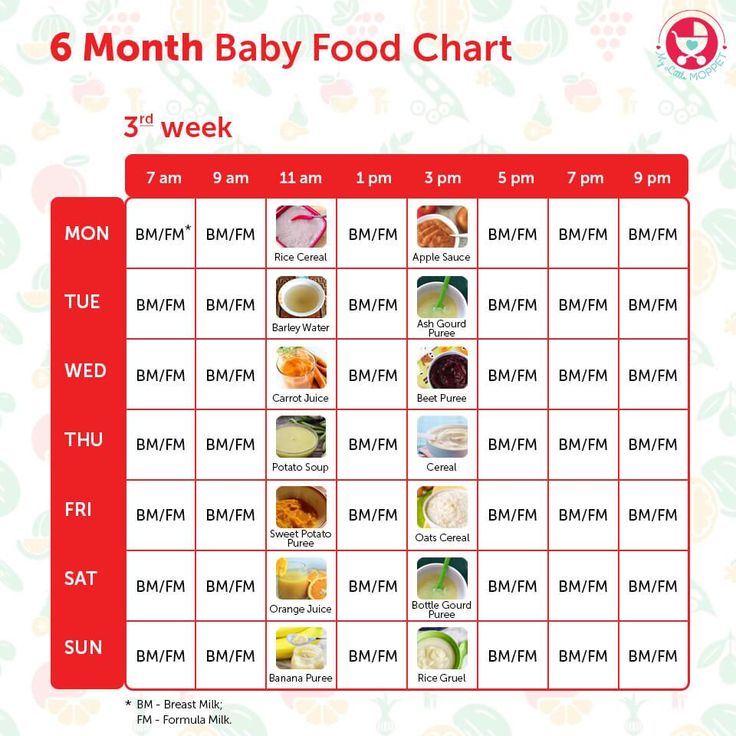 By doing this, you will cause a strong emotional reaction that will slow down food arousal and reduce appetite. nine0003
By doing this, you will cause a strong emotional reaction that will slow down food arousal and reduce appetite. nine0003
While eating with a child, one should only talk about what is connected with this process, concentrating his attention on food, developing the child's active participation in eating.
A child's appetite is increased not only by deliciously cooked food, but also by its beautiful design, attractive dishes specially painted for children. Children should only be seated at the table when food has already been served. You should not put all the dishes on the table at once, the child is distracted from the first dish, reaches for the third or second, as a result, the sequence of eating is disturbed. Remember that many violations in the health of the baby are associated with errors in his diet. nine0003
By the age of 1 year 3 months, the baby can already eat solid food with a spoon, and at 1 year 6 months he can eat any food - thick and liquid.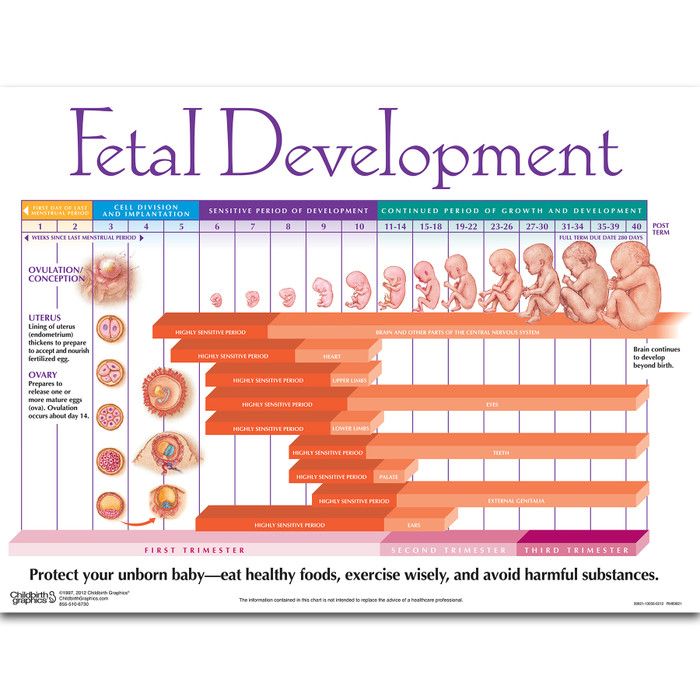 Try to develop these independent skills and abilities, which are very important for later life, in your son or daughter. How joyful it is to look at a baby who skillfully takes food from a plate with a spoon, without mistake brings it to his mouth and actively removes it with his lips. Something, of course, still pours from the spoon past and remains on the lips or chin of the child, but these errors in eating will soon pass, and the baby will learn to carefully eat the entire portion. Remember that a large amount of food contributes to a decrease in appetite, and an insufficient one does not cause a feeling of satiety. nine0003
Try to develop these independent skills and abilities, which are very important for later life, in your son or daughter. How joyful it is to look at a baby who skillfully takes food from a plate with a spoon, without mistake brings it to his mouth and actively removes it with his lips. Something, of course, still pours from the spoon past and remains on the lips or chin of the child, but these errors in eating will soon pass, and the baby will learn to carefully eat the entire portion. Remember that a large amount of food contributes to a decrease in appetite, and an insufficient one does not cause a feeling of satiety. nine0003
A child of this age should be able to chew food. Make sure that he does not keep the pieces in his mouth for a long time, but swallows them in time.
A child of the 2nd year of life is fed 4 times a day with an interval of 3.5-4.5 hours. However, in the first half of the year, the baby can receive another fifth feeding - kefir or milk at 23-24 hours if he wakes up at night or at 6 o'clock in the morning.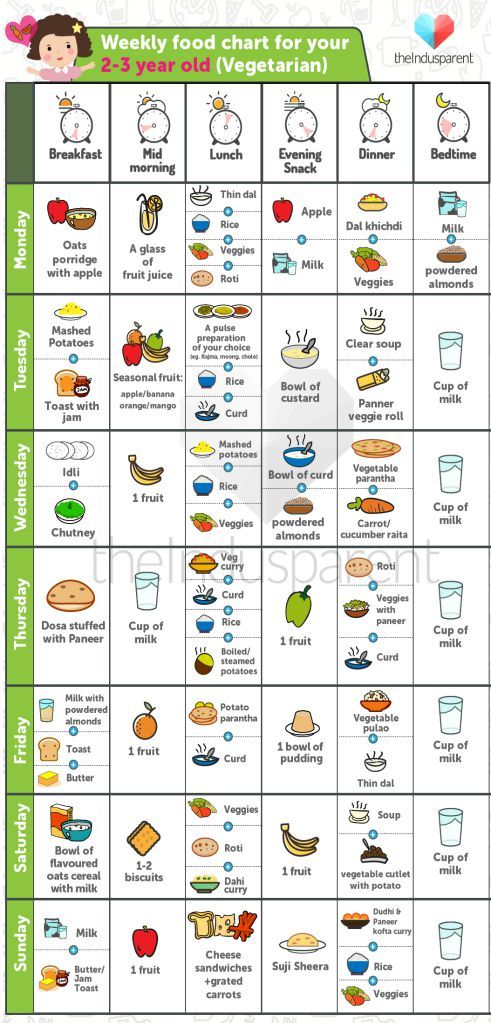
Establishing rational nutrition is painstaking and very responsible work, but if you do it systematically, without giving "indulgence" to yourself and your child, then your reward will be good health and good physical development of the baby. nine0003
When compiling the menu, it is necessary to correctly distribute how much and what kind of food the child will receive during the day. Feed your baby 4-5 times a day. In the morning it is better to cook dairy dishes, lunch should always consist of soup, meat in the form of mashed potatoes or meatballs with a vegetable side dish, compote or jelly, fruits, kefir are given in the afternoon, a vegetable dish is prepared for dinner.
The one-time amount of food consumed in children of the 2nd year of life is different - up to 1.5 years, somewhat less than in the second half of the year. nine0003
Under no circumstances should children of this age be given food from the common table. This is very harmful. Malnutrition of a child older than a year will undoubtedly affect his health in the future. Injury by coarse food to the still unprotected mucous membrane of the child's stomach, the stressed state of the organs of the gastrointestinal tract lead to the formation of early gastritis, enteritis, cholecystitis and other diseases.
Malnutrition of a child older than a year will undoubtedly affect his health in the future. Injury by coarse food to the still unprotected mucous membrane of the child's stomach, the stressed state of the organs of the gastrointestinal tract lead to the formation of early gastritis, enteritis, cholecystitis and other diseases.
The menu can be diversified by replacing meat with cottage cheese, fish, eggs, introducing a variety of vegetable or cereal dishes, changing the culinary processing of food (mashed potatoes, cutlets, jelly, compote, etc.), improving its taste, adding greens (dill, parsley, celery, etc.). nine0003
If a dairy dish is served for breakfast, then in the afternoon you should feed the baby with vegetables and vice versa; if vegetable soup is prepared for lunch, then the second dish should be cereal, etc. To maintain appetite, make sure that meals are not repeated during the day.
This set of products does not have to be used every day, and it is practically difficult, for example, to measure 3 g of cheese for a child.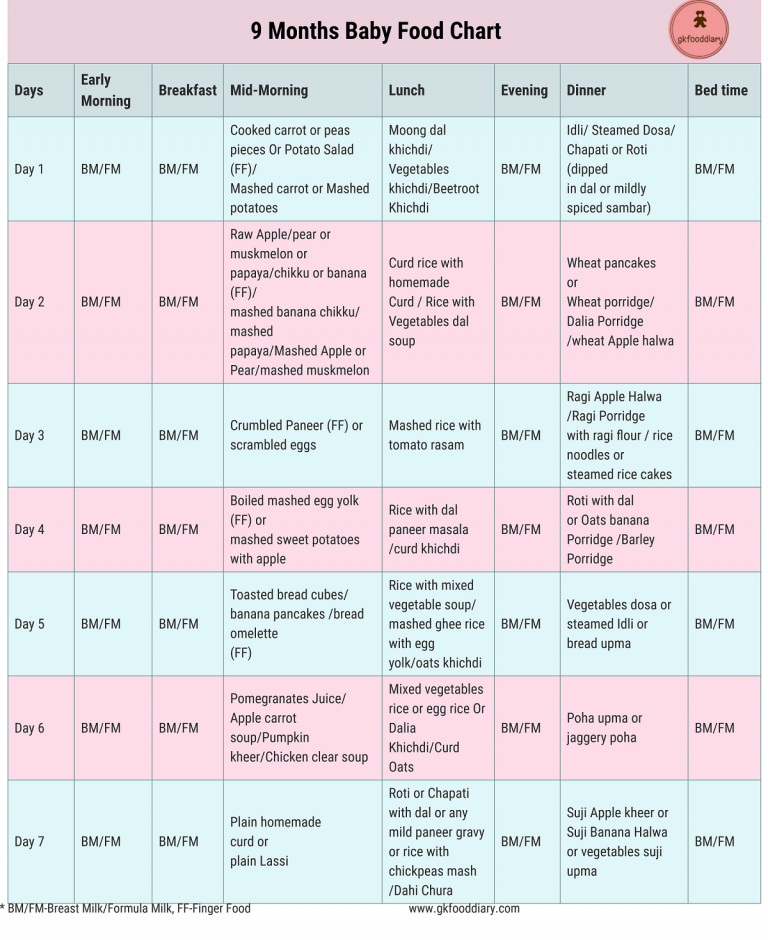 It is important that during the week the proposed list of products be used in baby food. Therefore, cheese can be used once a week and immediately in the amount of 20 g (3 x 7, say, give the baby vermicelli with grated cheese for breakfast.
It is important that during the week the proposed list of products be used in baby food. Therefore, cheese can be used once a week and immediately in the amount of 20 g (3 x 7, say, give the baby vermicelli with grated cheese for breakfast.
A few words about food products intended for baby food, or rather, their brief description.
Milk and dairy products. Natural milk can be given to a child only after boiling. One-day kefir and cottage cheese are very useful. Milk should be boiled in a heavy-bottomed saucepan with the lid closed. When preparing dishes from milk (porridge, mashed potatoes), raw milk is added and allowed to boil once with ready-made cereals or vegetables. Milk must not be boiled twice. It should be remembered that excessive milk reduces the child's appetite, so milk should not be given to quench thirst instead of water. nine0003
Oils. In the diet of children of the 2nd year of life, both butter and vegetable oil can be used, and the amount of vegetable oil should not exceed 10-15% of the total amount of oil consumed per day (i.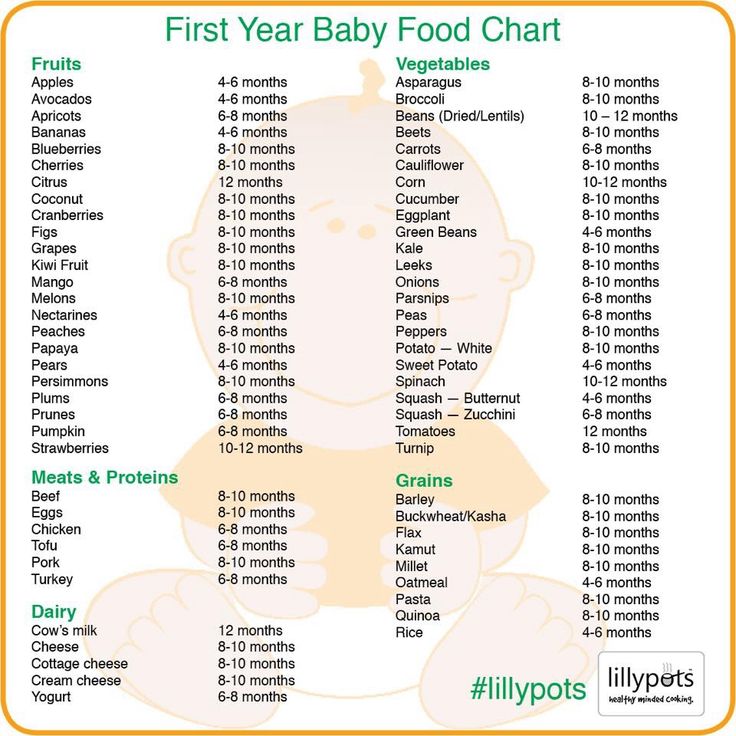 e., not more than 2 g per day) . Vegetable oil should be stored in a sealed container, protected from light and air. It cannot be boiled, so it is better to lay it in the finished dish. In the diet of children, it is not recommended to use refractory fats - beef, pork, cooking oil, and margarine. nine0003
e., not more than 2 g per day) . Vegetable oil should be stored in a sealed container, protected from light and air. It cannot be boiled, so it is better to lay it in the finished dish. In the diet of children, it is not recommended to use refractory fats - beef, pork, cooking oil, and margarine. nine0003
Meat and meat products. Lean beef, rabbit meat, chickens are useful for children You can use offal - liver, tongue, heart, brains, chicken giblets. Meat should not be soaked in water, as this transfers some of the nutrients into the water. The liver should be fried under the lid and given to the child in a puréed semi-liquid form. For children under 1.5 years old, meat, like other food, should be cooked pureed. This is due to the absence of chewing teeth in a child at this age, the underdevelopment of chewing muscles and the insufficient activity of digestive juices. nine0003
Fish and fish products. Children can only be given low-fat varieties of fish - hake, cod, sea bass, pike perch.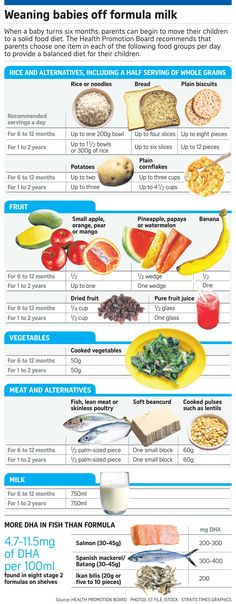 Fish is equivalent to meat in its nutritional properties, but, in addition, it contains trace elements important for the growth and development of the child (iodine, phosphorus, copper, etc.). Keto or sturgeon caviar should be treated with caution, as it can cause unwanted allergic reactions in children.
Fish is equivalent to meat in its nutritional properties, but, in addition, it contains trace elements important for the growth and development of the child (iodine, phosphorus, copper, etc.). Keto or sturgeon caviar should be treated with caution, as it can cause unwanted allergic reactions in children.
Eggs. It is recommended to give children only chicken eggs and be sure to boil them. Raw eggs should not be served, as they can be contaminated with pathogens due to the porosity of the shell, and raw protein is poorly digested in the stomach, and raw yolk can cause allergies. Duck, goose, and eggs of other birds are prohibited from being included in the children's menu. nine0003
Bread and bakery products. It is useful for children to give both rye and wheat bread. You can give bagels, bagels, crackers, by the way, children love them very much.
Cereals and pasta. The most valuable in terms of mineral composition are bean, buckwheat, oat and millet groats.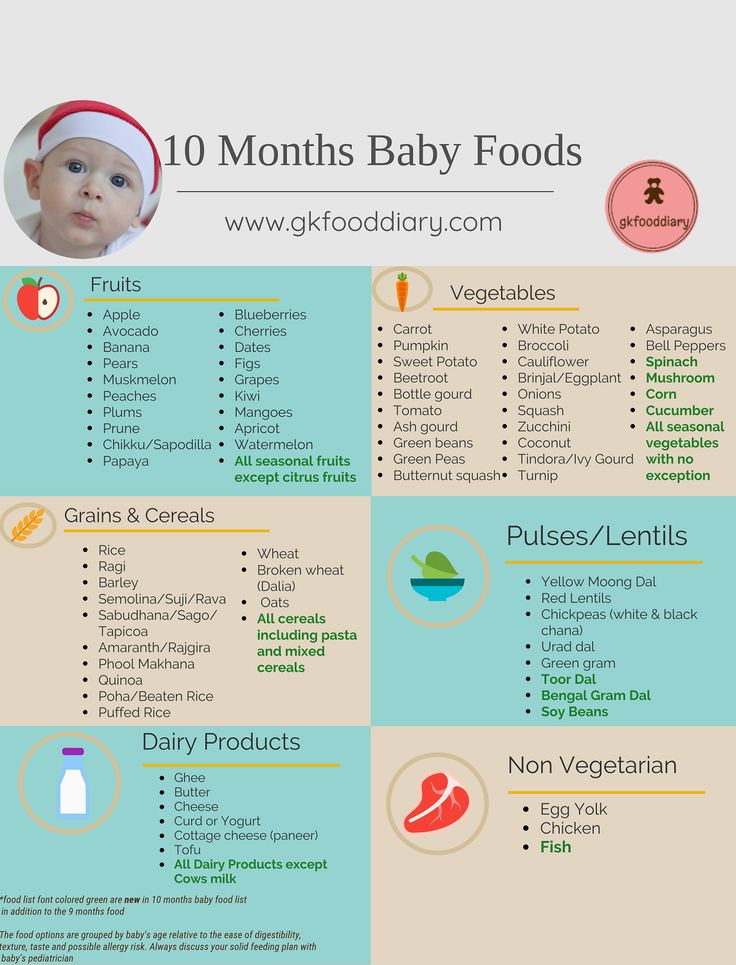 But you can use their other types - semolina, peas, as well as pasta. The groats are boiled in water (oatmeal and buckwheat - for l '/g h, millet - 1 hour, semolina - 20 minutes), then unboiled milk is added, and after removing the porridge from the heat - butter and sugar to taste. nine0003
But you can use their other types - semolina, peas, as well as pasta. The groats are boiled in water (oatmeal and buckwheat - for l '/g h, millet - 1 hour, semolina - 20 minutes), then unboiled milk is added, and after removing the porridge from the heat - butter and sugar to taste. nine0003
Sugar and confectionery . In children's food - in tea, milk, cereals, compotes, kissels - you can add sugar, but in moderation. Remember that excess sugar is harmful to a child, as it can contribute to obesity or diabetes. Other sweets are recommended marmalade, jams, marshmallows, marshmallows, cookies, especially oatmeal, waffles. Do not give children cakes with rich creams, chocolates and chocolates, as well as lollipops, especially rounded ones. nine0003
Vegetables, fruits, berries, herbs. All these products are very useful for young children, because, in addition to vitamins, they contain fiber, organic acids, pectin, tannins and volatile substances, as well as minerals and trace elements.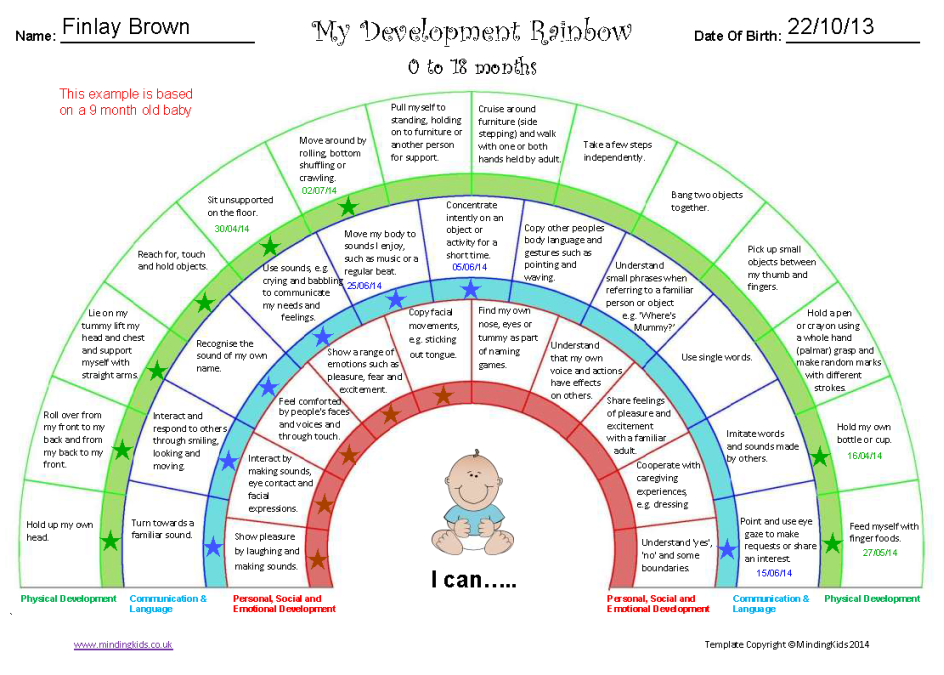 Raw vegetables can also be used in children's nutrition. At the same time, they must be thoroughly washed, poured over with boiling water, and then grated on a fine grater. Fruits and berries are best given fresh to a child, and raw juice should be added to a boiled fruit and berry dish. In the nutrition of children, you can use canned vegetables and fruits specially prepared for baby food, as well as compotes, juices, freshly frozen and dried vegetables and fruits. Boil vegetables and fruits in a saucepan with a lid to preserve as many vitamins as possible. nine0003
Raw vegetables can also be used in children's nutrition. At the same time, they must be thoroughly washed, poured over with boiling water, and then grated on a fine grater. Fruits and berries are best given fresh to a child, and raw juice should be added to a boiled fruit and berry dish. In the nutrition of children, you can use canned vegetables and fruits specially prepared for baby food, as well as compotes, juices, freshly frozen and dried vegetables and fruits. Boil vegetables and fruits in a saucepan with a lid to preserve as many vitamins as possible. nine0003
From 1 year to 1 year 3 months
You can be told about the methods of preparing various children's meals by a district nurse or a nurse in a healthy child's office in a children's polyclinic.
The menu for a baby at this age can be compiled as follows:
Breakfast
- Porridge (vegetable puree) -150.0
- Tea with milk (milk) -100.0
- Bread with butter Lunch
- Soup (vegetable, meat) —100.
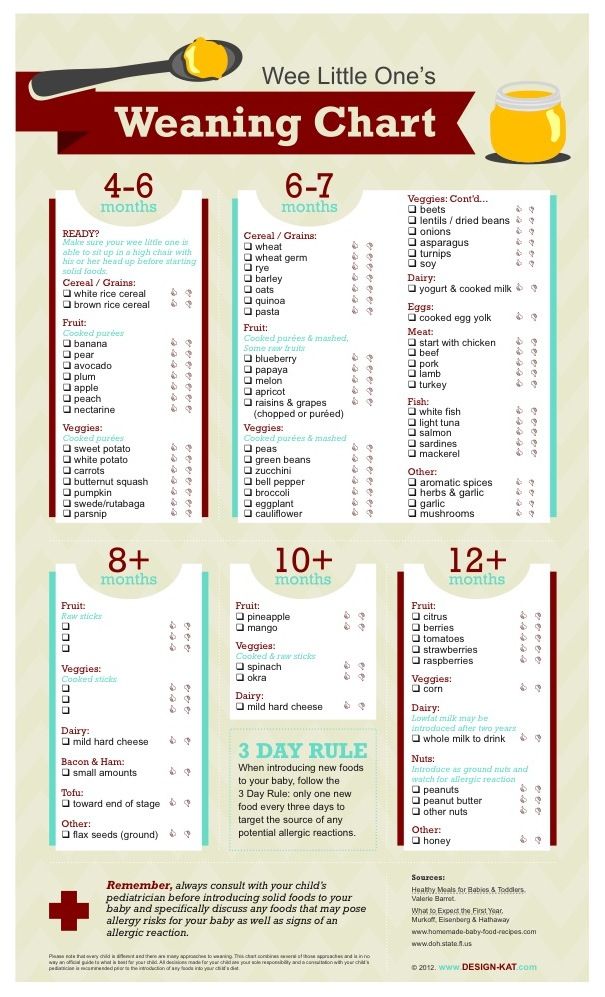 0
0 - Meat puree (patty) — 40.0
- Side dish (vegetable puree, vermicelli) — 50.0
- Compote (fruit juice) —100.0
- Cottage cheese - 30.0
- kefir (milk) with a bun of –150.0
- Fruits - 50.0
- Puree vegetable (porridge) –150.0
- milk -150.0
Second supper
- Kefir (milk) -150.0
Recall that the second dinner is provided for those children who wake up at 23-24 hours
From 1 year 3 months to 1 year 6 months vegetables, finely chopped in the form of a salad, seasoned with vegetable oil. This is a very healthy dish, because, in addition to the vitamins it contains, it makes the baby chew food thoroughly, which means it stimulates the development of the child's chewing apparatus. nine0003
The following foodstuffs can be included in the sample menu:
Breakfast
Porridge (vegetable puree) -150.
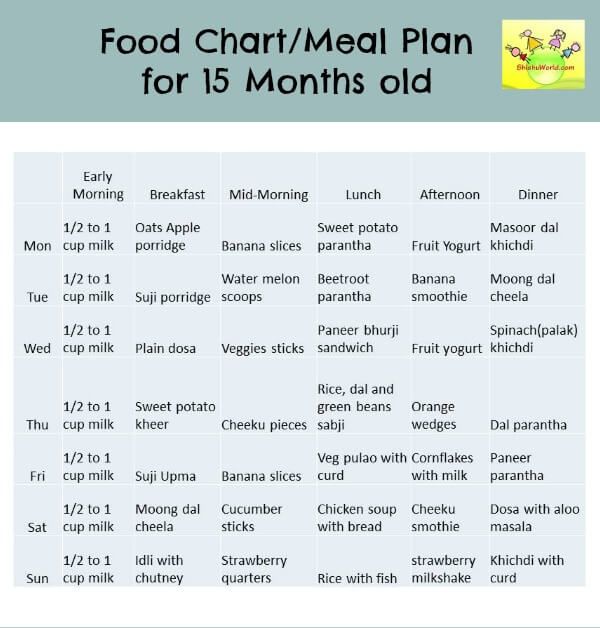 0
0 Tea with milk (milk) -150.0
Bread with butter
3
Lunch
- Vegetable salad - 10.0
- Soup -150.0
- Cutlet (meat, fish, liver) - 50.0
- Garnish (cereal, vegetable) - 80.0
- Compote -100.0
- Snack
- Cottage cheese — 50.0
- Fruits –100.0
- Tea with cookie --150.0
Dinner
- Vegetable puree (porridge) –150.0
- kefir (milk) –150.0
of 1 year from 1 year old from 1 year from 1 year 6 months to 1 year 9 months
Do you consider a child's taste? Children very early begin to distinguish tasty food from tasteless, they have favorite and unloved dishes. Try not to include foods that are vital for the development of the child's body. nine0003
Sample menu for a child of this age.
breakfast
- Gate carrot - 30.0
- Dairy porridge --150.0
- Tea with milk –150.
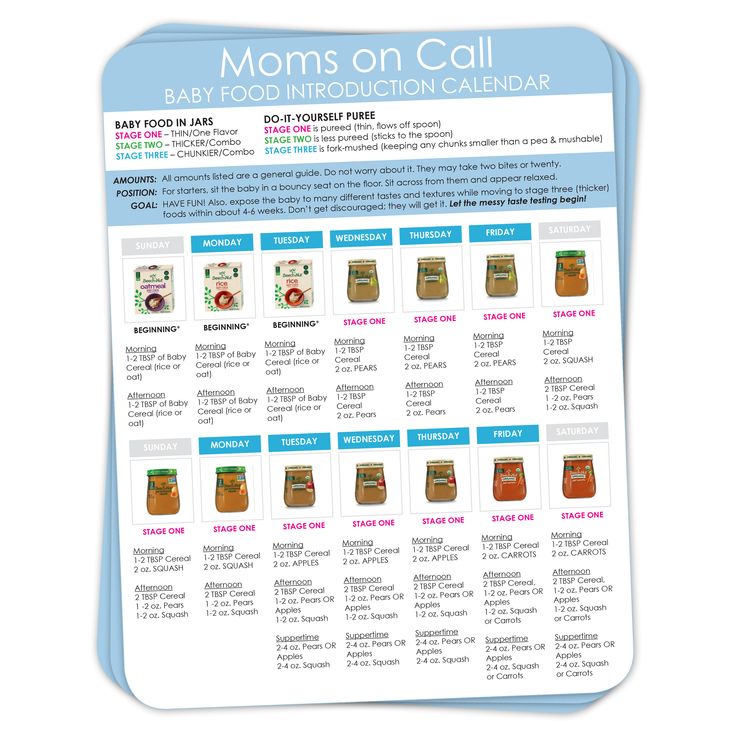 0
0 - Bread with oil
- Soup (vegetable, meat) —100.
- Salad from vegetables - 40 ,0
- Soup (shchi, borscht) -100.0
- Meat puree (patty) - 60.0
- Garnish (vegetable, cereal) -100.0
- Fruit juice -100.0
nine0006
- kefir with a bun --200.0
- Fruits –100.0
Dinner
- Puree vegetable (porridge) —200.0
- Milk (kefir) –150.0 9000 9000 9000 From 1 year 9 months to two years
- Milk (noodles, vermichel)
- coffee with milk (tea)
- Bullet with butter (jam, cheese)
- Salad from vegetables (candle, quadruns)
- soup
- cutlet (meat, fish)
- Greener
- compote
- KEFIRA FREETS (MIRSEMENT MIRSED COMETOMISE 9000 9000 9000 9000 9000 9000 9000 9000 9000 9000 9000 9000 9000 9000 9000 9000 9000 9000 9000 9000 9000 9000 9000 9000 9000 9000 9000 9000 9IT0130
- In the intervals between feedings, the child can be given a drink (no more than 100 g) of water.
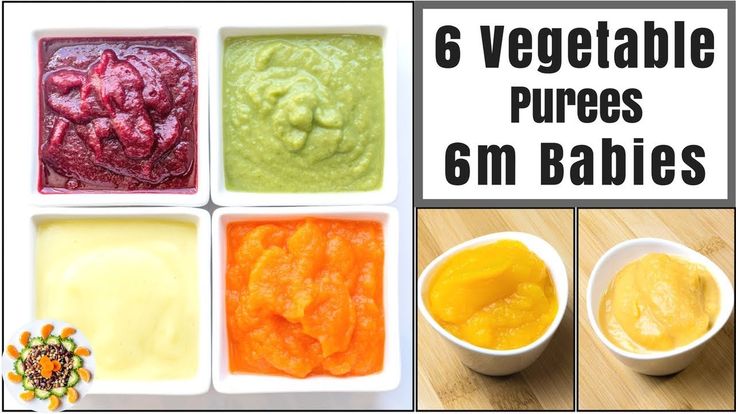
Children's food in this age period can be liquid, semi-liquid, steamed, and also in the form of pieces (for the development of the child's chewing apparatus). The kid should equally willingly eat any food, no matter in which of the listed types it is served. We recommend the following menu:
breakfast
SUPPOCE
We remind you that in order to prevent allergies, it is better to exclude chocolate from the child's diet, limit the consumption of foods that are high in carbohydrates, such as condensed milk, honey, sweets, and confectionery.
The child's food should be varied, full of vitamins. In addition to the well-known sources of vitamins, you can also use such as mountain ash, wild rose, various vegetable mixtures (turnip, rutabaga, lettuce) and greens (dill, parsley, celery), which not only enrich the nutritious diet, but also decorate dishes, which attracts children and stimulates their good appetite. nine0003
It is desirable that parents feed the child at the same time and try to form the right attitude to food in the baby from an early age and teach the culture of behavior at the table.
Child Development Calendar from the Health of the Nation
The Child Development Calendar from the Health of the Nation medical center is a convenient system that tells parents by months how the baby is developing.
Child development by months
Newborn
How does the baby behave in the first weeks of life? Should I be worried if he sleeps 18 hours a day? What you need to know about the features of feeding the crumbs, and what recommendations for care should be followed?
Read more
1 month
What happens to a child at the age of one month, how his behavior changes. Features of development and the emergence of new actions. What you need to know about nutrition, daily care. Planned visits to doctors and testing.
Read more
2 months
What happens in the life of a child at the age of 2 months? What behaviors should be taken into account? The appearance of the first emotions of the baby, the development of the vocal apparatus.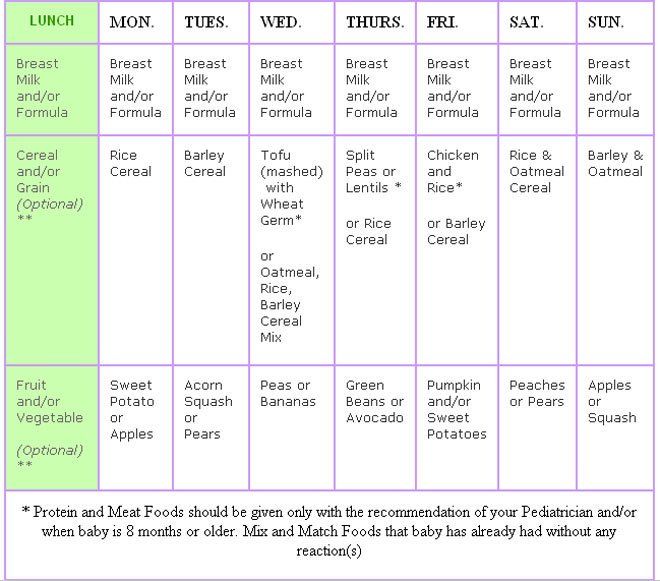 nine0003
nine0003
Read more
3 months
What discoveries do parents expect when a child turns 3 months old? The emergence of new skills, the first conscious manifestation of emotions and desires. What you need to know about the features of feeding?
Read more
4 months
What happens to a 4 month old baby? The first serious games and interaction with the outside world. What you need to know about the features of feeding, and what recommendations for care should be followed?
Read more
5 months
Transition period from horizontal position.